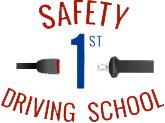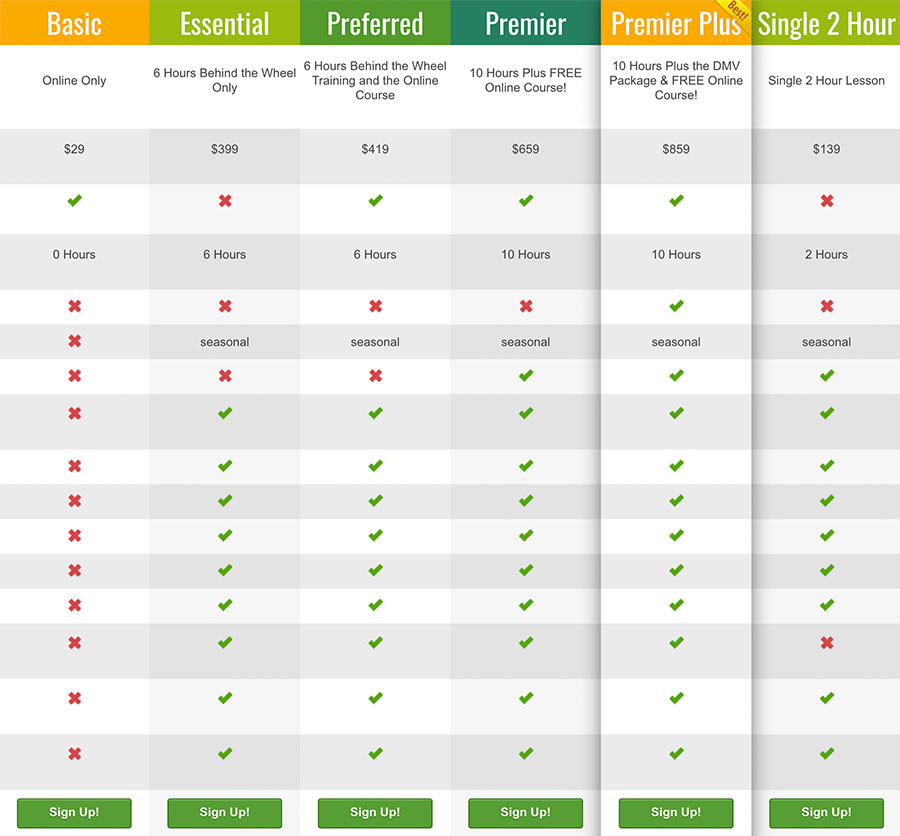 Last night an Irvine man was tragically killed when he was struck by a car on his bicycle in Newport Beach. The accident occurred at San Joaquin Hills Road and Marguerite Avenue shortly before 7:41 p.m.
Last night an Irvine man was tragically killed when he was struck by a car on his bicycle in Newport Beach. The accident occurred at San Joaquin Hills Road and Marguerite Avenue shortly before 7:41 p.m.
Paul Lin, 41, was biking northbound on Marguerite Avenue preparing to turn westbound on San Joaquin Hills Road when he was struck by the car, which was traveling westbound on San Joaquin Hills.
Obviously at nearly 8:00 p.m. in early November, it is completely dark. We do not know whether Mr. Lin was difficult to see, if his bicycle did not have reflectors, or if the driver of the car was not paying attention. The driver was not arrested.
In any event, accidents like these are a sobering reminder of the importance of safety both behind the wheel as well as on a bicycle in traffic.
Here are some safety tips for drivers and bicyclists in Orange County from Safety 1st, Orange County’s premier driving school:
Driver Safety
Obey the posted speed limit.
Slow down when approaching intersections and crosswalks.
Don’t speed through yellow stoplights if you can safely stop.
Always yield to pedestrians, skateboarders, and bicyclists when turning.
Allow three feet of distance between your car and a bicyclist.
Check rear and side view mirrors frequently, and use your turn signal. When you prepare to turn (particularly a righthand turn), a bicyclist may be riding close behind you, preparing to go straight through the intersection. If they do not know you are turing right, or if you don’t see them, it could mean disaster.
Do not assume a bicyclist can see you or knows you’re there.
Be patient with bicyclists: The NHTSA says cyclists aged 10 and up should not use sidewalks, so they do have a rightful place on the road. And remember: that’s a human being on that bike. That could be your family member or friend.
Look around before opening your car door. A bicyclist could be right behind you and get hit by your door.
And most importantly, make sure you’ve had proper driving education from a quality driving school like Safety 1st!
Bicyclist Safety
Always wear a helmet.
Make sure your bicycle – and you – have reflectors and preferably lights for nighttime riding. You are legally required to have the following:
- A front lamp emitting a white light visible from a distance of 300 feet.
- A rear red reflector visible from a distance of 500 feet.
- A white or yellow reflector on each pedal or on the bicyclist’s shoes or ankles visible from a distance of 200 feet.
- A brake which will enable the operator to make a one brake wheel stop on dry, level, clean pavement.
Do not wear headphones – you need to be able to hear cars around you.
Ride with the flow of traffic, stay close to the shoulder or in the bike lane, and in a straight line.
Communicate your intentions. Learn the proper hand signals to use to alert cars when you are turning left and right:
- To signal a left turn: look behind you, over your left shoulder, and then extend your left arm out.
- To signal a right turn: hold your left arm up with your elbow bent (you may also hold your right arm straight and point to the right). You do not have to keep your arm extended while turning; always have at least one hand on the handlebars to maintain control.
- To signal that you are slowing or stopping: extend your left arm down.
Slow down and check for oncoming traffic before entering an intersection.
Do not assume a driver can see you or knows you’re there.
Please keep yourself and others safe. Whether you are behind the wheel or riding a bicycle, there are rules to follow and care to be taken. As we have seen, a car can be a deadly weapon. Driving should be taken very seriously. Please be safe, follow traffic rules, posted signs, and speed limits – and take care of others on the road as well.
If you are learning to drive – or want to learn to become a better driver – Safety 1st Driving School can help. We are committed to teaching Irvine, Newport Beach, and all of Orange County to become safe, skilled drivers. We care for our student drivers as if they were our own family. Give us a call today!


